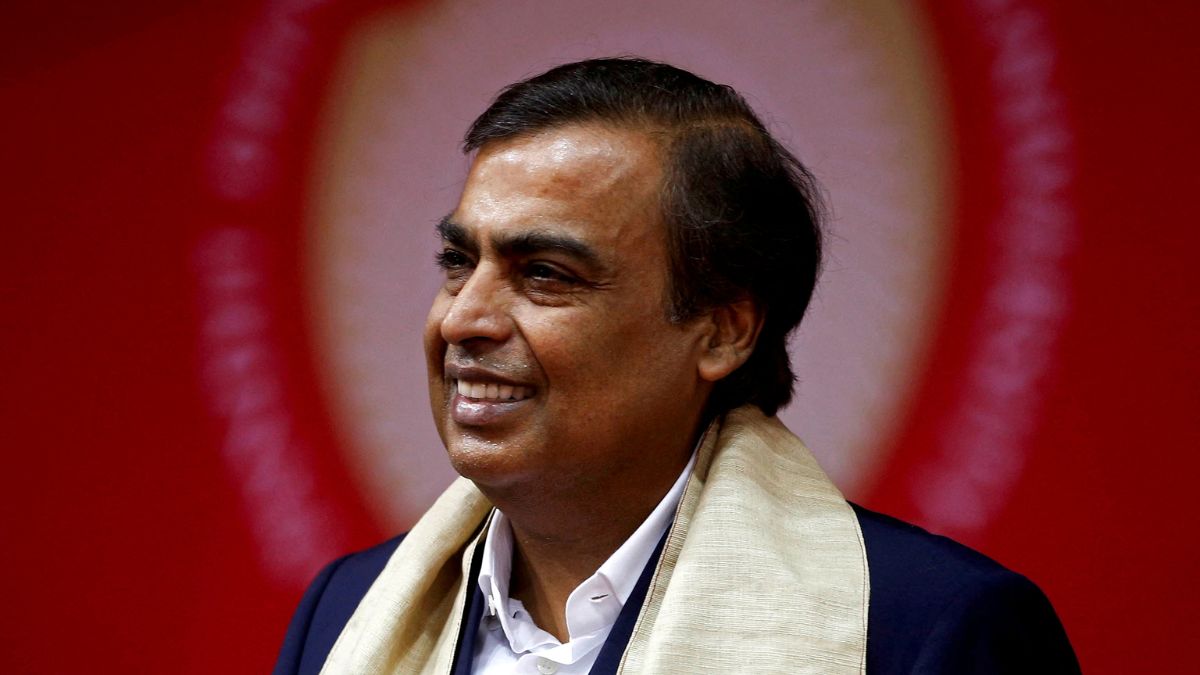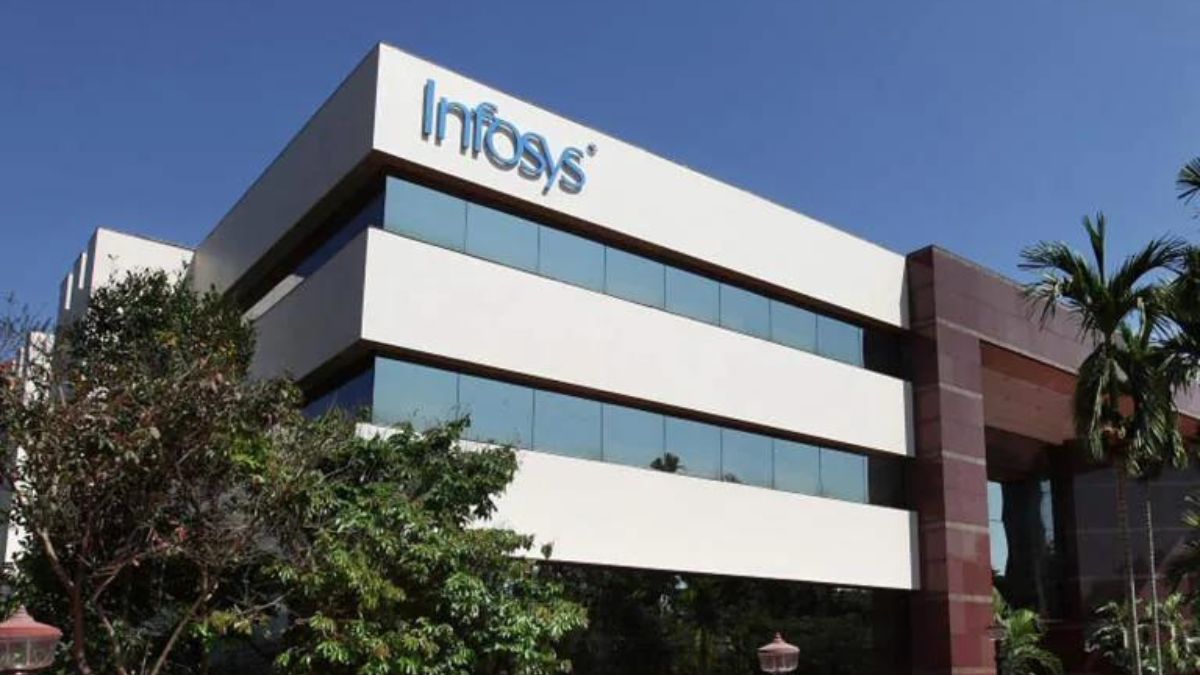IKEA is making significant efforts to retain its employees. The Swedish furniture giant saw a wave of employee departures, losing over 62,000 workers globally in 2022, a period marked by numerous reports of dissatisfied staff. Replacing each departing employee cost IKEA approximately $5,000. So what did IKEA do about it? read more
)
A view of an Ikea sign on one of its branches in Copenhagen, Denmark, 2 November, 2023. Reuters
IKEA, the Swedish furniture giant, faced a significant challenge as it saw its workforce departing in large numbers across the globe. By 2022, over 62,000 employees were leaving the company annually, representing roughly a third of its workforce.
In the UK and Ireland, half of all new hires were quitting before their first anniversary. This high turnover cost IKEA approximately $5,000 per worker to replace, exacerbating the strain during a time when labour shortages were already making it difficult to replenish its ranks, reported Bloomberg.
“Workers suddenly became very scarce,” said Jon Abrahamsson Ring, CEO of Inter IKEA Group, which oversees IKEA’s store franchising, product design, and supply chain. The pandemic-era labour shortage only intensified these issues, making it crucial for IKEA to address the dissatisfaction among its employees swiftly.
What did IKEA do to retain employees?
To tackle the retention crisis, IKEA focused on boosting pay, increasing flexibility for frontline employees, and leveraging emerging technologies to improve the work environment. The company saw notable results: voluntary turnover in the US dropped from a third to about a quarter of employees by the end of 2023.
According to Bloomberg, the quit rate fell from 22.4 per cent in August 2022 to 17.5 per cent in April 2023 globally.
Retail jobs, often characterised by low pay, erratic schedules, and challenging customer interactions, have a quit rate over 70 per cent higher than other US industries, according to a 2022 report by McKinsey & Co. The report stressed the importance of attracting, developing, and retaining frontline talent, highlighting the growing challenge amid inflation and rising labour union activities.
What were the workers’ concerns?
Despite its Nordic corporate culture, known for being more employee-friendly than some US counterparts, IKEA had its share of worker unrest.
In 2018, unions accused local IKEA managers in the US, Ireland, and Portugal of suppressing organising efforts, filing a complaint with the Organisation for Economic Cooperation and Development. “I never thought that IKEA would allow supervisors to intimidate and interrogate us,” Bloomberg quoted Nancy Goetz, a worker from IKEA’s Stoughton, Massachusetts store.
Also Read: IKEA shuts one of two Mumbai stores, says ‘small’ for ‘full experience’
Worker protests followed in various countries: employees in Poland were unhappy with wage hikes below inflation rates, South Korean workers felt mistreated compared to peers in other countries, and in the US, IKEA had to apologise for culturally insensitive food choices at a Juneteenth event.
How did IKEA adapt?
IKEA’s efforts to improve working conditions varied by region. In the UK, where part-time workers make up two-thirds of the workforce, the company increased base pay from £11 to £13.15 per hour in London and added a higher pay band for stores in expensive areas outside the city.
To address high turnover among new hires, IKEA UK/Ireland aimed to retain 85 per cent of hires after three months, up from as low as 60 per cent. “Coming out of COVID, people re-evaluated what was important to them, and work-life balance became more important,” Darren Taylor, people and culture manager for IKEA UK/Ireland told Bloomberg.
In India, IKEA introduced benefits like subsidised daycare, 26 weeks of parental leave, and a five-day workweek to support working parents. These changes were crucial for employees who appreciated the new perks and saw them as game changers.
In the US, IKEA collaborated with the Shift Project to pilot an online shift-swapping tool, making it easier for employees to adjust their schedules without manager approval. The company also introduced an AI-powered retention tool called “Stay,” which analyses data to flag employees at risk of quitting.
“There is this notion that workers’ time is not valued,” Kristen Harknett, a sociology professor at the University of California, San Francisco, who has researched unstable work schedules, told Bloomberg.
What challenges is IKEA still facing?
Despite significant progress, IKEA still faces challenges in fully supporting employee mental health and accommodating workers with disabilities. In Japan, turnover has increased due to a tight labour market, and in France, efforts to convert temp workers to full-time status have led to higher departures.
In Puerto Rico, more than 50 warehouse employees voted to unionise over pay and worker treatment concerns.
Compensation remains a key issue. In London, IKEA raised base pay to address the high cost of living, while in other regions, the company provided bonuses and worked to close gender pay gaps. Natasha Williams, a 22-year-old UK worker, told Bloomberg that flexible scheduling significantly improved her job satisfaction. “That changed everything — I was much happier at work,” Williams said.
IKEA is setting a precedent for how large retailers can navigate the challenges of employee retention in a rapidly changing labour market.
With inputs from agencies

 3 months ago
53
3 months ago
53
)
)
)
)
)
)
)
)
)
)
)
)
)
)
)
)
)
)
)
)
)
)
)
 English (US) ·
English (US) ·